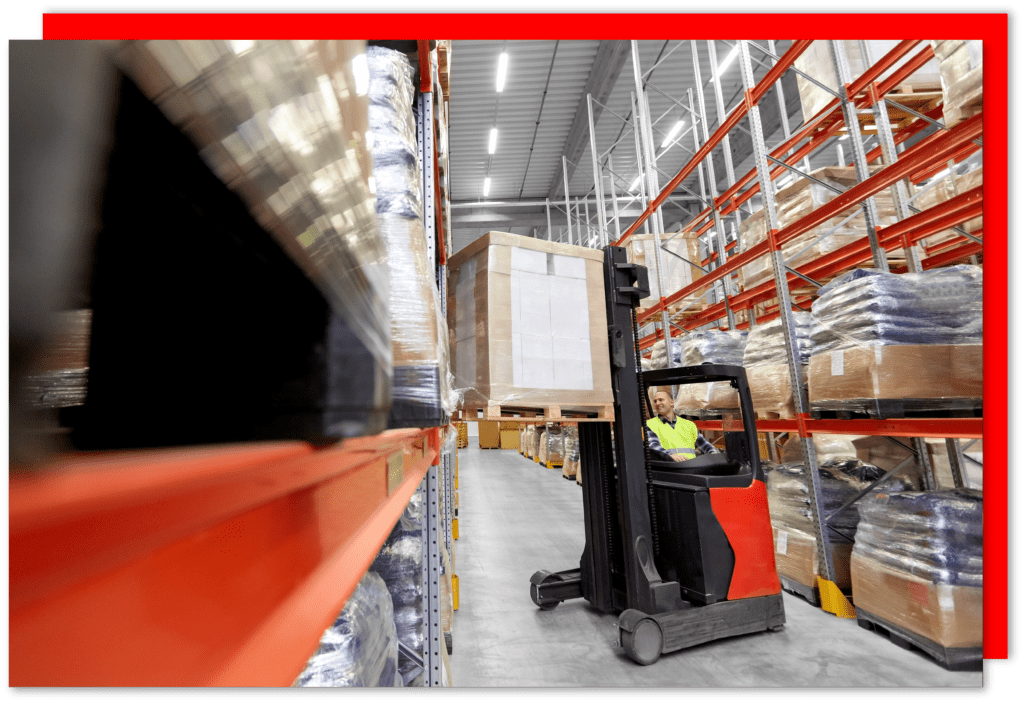Winter Driving Tips For Employees
Driving in the winter carries many risks, as road conditions decline, visibility is reduced and stopping distances increase. We have produced a simple guide to share with employees below – as well as sending it to them electronically and talking about it in team meetings, why not create some eye-catching posters to display in your worksites?
Here’s your guide:
Before you leave home
Preparing your car (for the season): Ensure you have inspected the condition of your car before the freezing weather is upon us. Make sure your tyres have an appropriate and legal level of tread (you can consider using winter tyres), ensure your windscreen wipers are in good condition and you have topped up on screen wash. Don’t wait until your fuel level gets near empty before topping up. Finally, make sure you pack a “winter breakdown kit”, consider including the following items:
- De-icer
- Scraper
- Shovel
- Hi-vis vest
- Jump leads
- Phone power bank and cables
- Torch
- First Aid Kid
- A piece of carpet or sack for freeing snowed-in wheels
- Warning triangle
- Blankets
- Dry change of clothes
- Bottled water
- Emergency food (like cereal bars)
Preparing your car (daily): If you know it’s forecast snow/frost overnight, set an earlier alarm to ensure you have time to properly defrost and warm up your car completely before you leave, ensure your headlights are also clear. And avoid using boiling water!
Plan your route: If at all possible on your route to work, try to avoid weather-prone areas and stick to main roads that have a higher likelihood of being cleared by gritters. Keep an eye on the news or use a sat nav to avoid unexpected road closures.
While driving
Whilst we would recommend avoiding taking any unnecessary trips during snow and icy conditions, not going out at all is unrealistic, so here is a list of tips from Halfords to make your journeys safer.
- Stopping distances can be up to 10 times longer when driving on ice, so keep your distance from the car in front
- Reduce speed and make gentle movements
- Avoid wheel spinning when pulling away by selecting second gear and easing your foot gently off the clutch
- Try and keep your speed constant – choose the most suitable gear in advance and you won’t have to change down when going uphill
- Use third or fourth gear when driving downhill
- Never slam on the brakes, always apply them gently
- Turn off the music in your car and listen to your tyres. If they’re making virtually no noise at all, then you could be driving on ice












